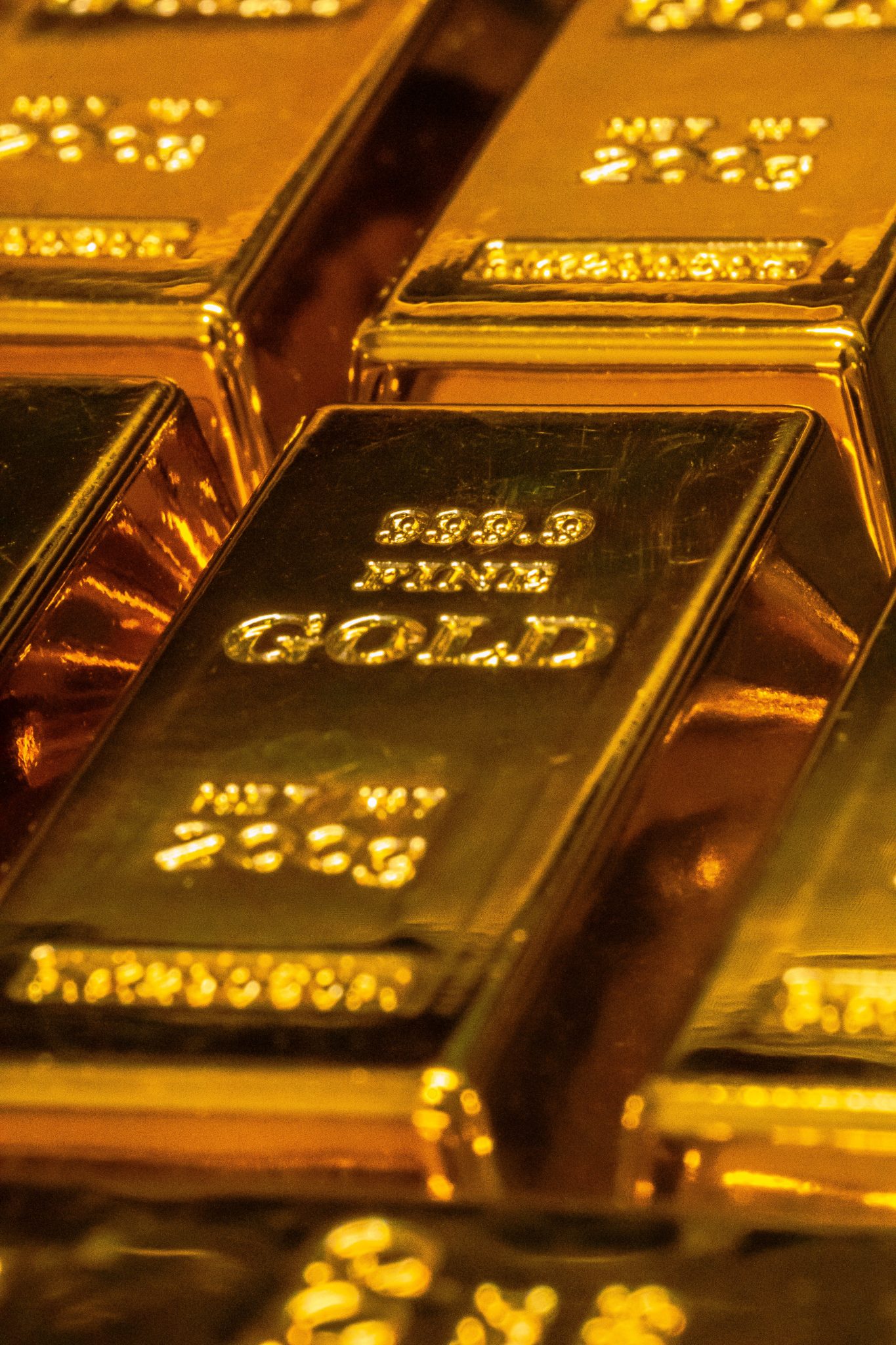The price of gold has been on the rise for many years, making it a highly sought-after precious metal. Gold is often used as an investment and hedge against economic uncertainty, and its intrinsic value makes it one of the most sought-after commodities in the world. The price of gold can fluctuate greatly depending on global economic conditions, politics, and other factors that influence its demand. This article will explore the history of gold prices and examine some of the major drivers that affect its current value.
Factors Affecting the Price of Gold
The gold price chart is a vital tool for investors and traders who are interested in keeping track of the fluctuations in the price of gold. Gold is a precious metal that has been valued for centuries, and its price is determined by a range of factors. These include supply and demand, exchange rate fluctuations, central bank purchases and holdings, and investor sentiment. Below we explore each factor in further detail.
Supply & Demand
The price of gold is determined by the balance between supply and demand in the market. When gold production increases or when demand decreases, prices can fall due to an excess supply. Conversely, when production decreases or when demand increases, prices can rise due to a shortage of supply. This relationship between gold’s availability and its cost makes it one of the most volatile financial assets on the market today.
Exchange Rate Fluctuations
Gold prices can also be affected by changes in foreign exchange rates because gold is often priced in U.S. dollars (USD). For example, if the USD gains strength against other currencies such as the Euro (EUR), then it will take more EUR to purchase one ounce of gold than before – resulting in higher costs for buyers outside of America who wish to purchase this precious metal with their native currency. Similarly, if USD weakens against other currencies then buyers from abroad will pay less for their gold purchases than before.

Historical Trends in Gold Prices
The price of gold has been an important indicator of economic and financial market health for centuries. Gold prices have fluctuated dramatically over the years, as investors have sought to use the metal as a hedge against inflation and currency devaluation. Here, we look at historical trends in gold prices that provide insight into the future of this precious metal.
In the late 19th century, gold prices began to rise due largely to increasing demand for industrial uses such as jewelry and electronics. This period was known as ‘the Golden Age’ due to the popularity of investing in gold during this time. As World War I began, however, countries around the world started using their gold reserves to finance military operations and other wartime expenses. This led to a decrease in available gold supply and an increase in prices until 1921 when it reached its peak at $20 per ounce before falling back down again after World War II ended in 1945.
Impact of Gold Prices on Other Markets
The gold market is one of the oldest and most important markets in the world, with a long history of influencing other markets. Gold prices can have an immense impact on other markets, including currency, debt, equity, and commodities. This article will discuss how gold prices affect these markets and what investors should keep in mind when considering their investments.
As a safe-haven asset, gold is often seen as a hedge against inflation or deflation. In times of economic uncertainty or crisis, investors often flock to gold as the ultimate form of protection for their portfolios. When the price of gold rises due to increased demand for it as a safe-haven asset, this can have an effect on other markets as well; many currencies are pegged to the value of gold – when its price increases so do their value too. This means that if you’re looking at investing in foreign currencies then tracking changes in the price of gold may be crucial for your success.
The price of gold is an important factor to consider when investing or purchasing gold. Gold prices are driven by many factors, including global economic conditions, political events, currency trends, and supply and demand. As a result, it is difficult to predict how the price of gold will move in the future. However, as a long-term investment asset with intrinsic value backed by governments and central banks around the world, gold has historically been a reliable way to preserve wealth during times of volatility.


